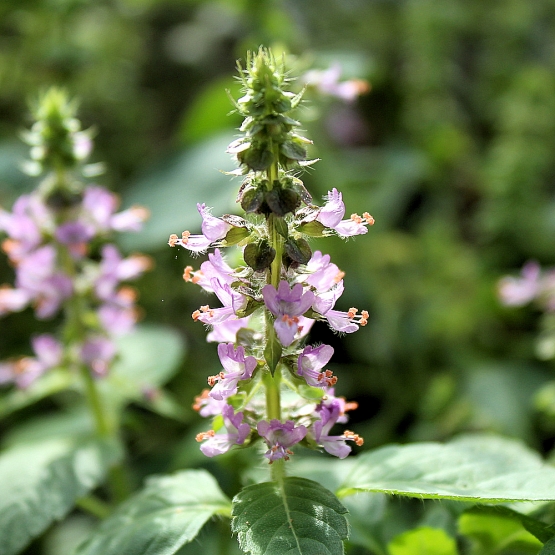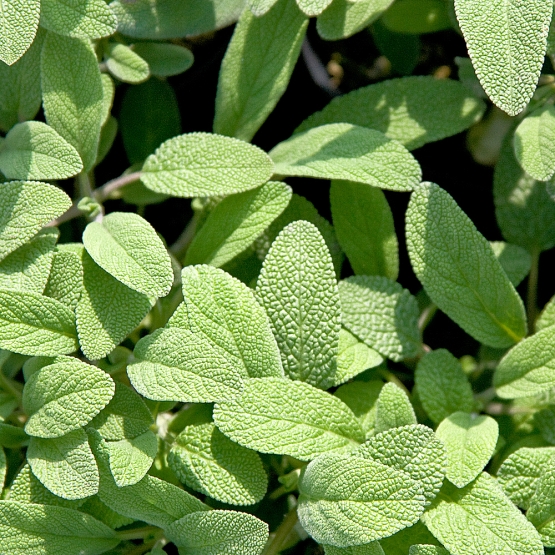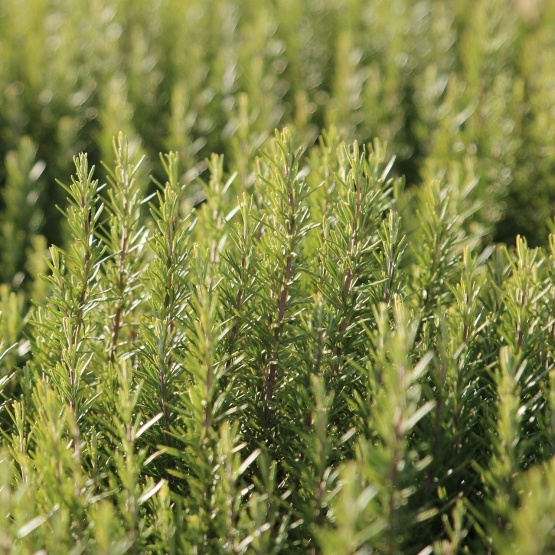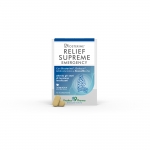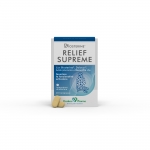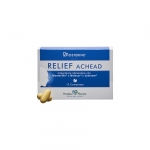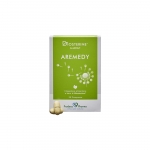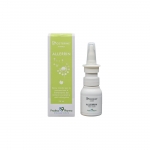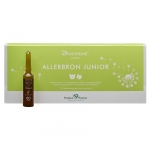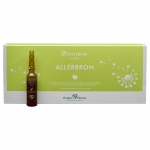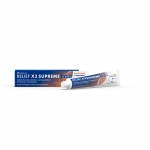Rosmarinic acid is a phenolic compound, a caffeic acid deritivative identified for the first time in rosmarin (Rosmarinus officinalis), which gives it its name. Remarkably widespread in nature, it is the main constituent of the phytocompound of plants belonging to the Labiatae family (including rosmarin); it synthesizes as a metabolite with a defensive function, with a peak during flowering.
Medicinal properties of plant extracts from the Labiatae family, naturally rich in rosmarinic acid, are well known and have been verified by many studies.
Beneficial Effects of Rosmarinic Acid
The considerable, growing scientific interest in rosmarinic acid has sparked investigations into its properties and potential for application. Numerous studies undertaken have confirmed the usefulness of plant extracts known for their high concentration of rosmarinic acid and have validated the inclusion of this specific ingredient in health products for many diverse fields of application. This compound claims many properties (antimicrobial, anti-inflammatory, anti-allergic, antioxidant, protection for the nervous system, antidepressant and anxiolytic, hepatoprotective and hepatopurifier, renoprotective, hypoglycaemic, photoprotective, antithrombotic)
The importance of the phytocomplex
As is by now surely clear, rosmarinic acid proves to be an extraordinary functional ingredient with multiple beneficial properties. As a main component present in many Labiatae, its action is not only effective but also safer if used harmonically combined with other components naturally present in plant extracts that contain it.
It should, therefore, not be isolated from the phytocomplex to which it belongs; on the contrary, best results are when it is left to act in synergy with all the other functional ingredients, meaning both active principles present in the phytocomplex and secondary metabolites that, although not carrying out a direct health-related action, support and modulate the activity of the actual functional principles. So the use of rosmarinic acid means not only exploiting its incredible beneficial health properties but considering it as part of a harmonic, dynamic whole contained in the phytocomplex, always bearing in mind that the effects of a medicinal plant are never obtained using isolated active ingredients only.

